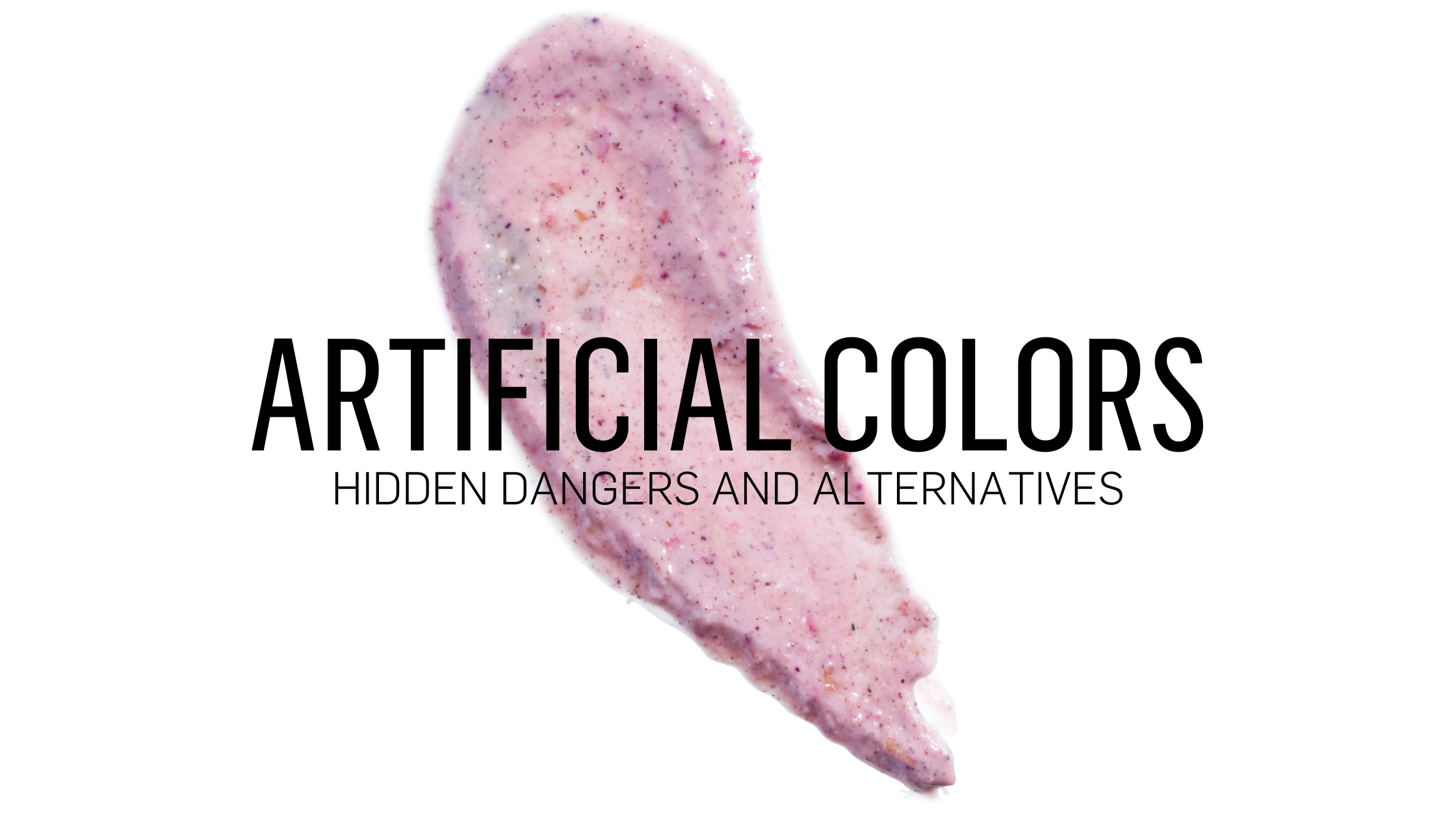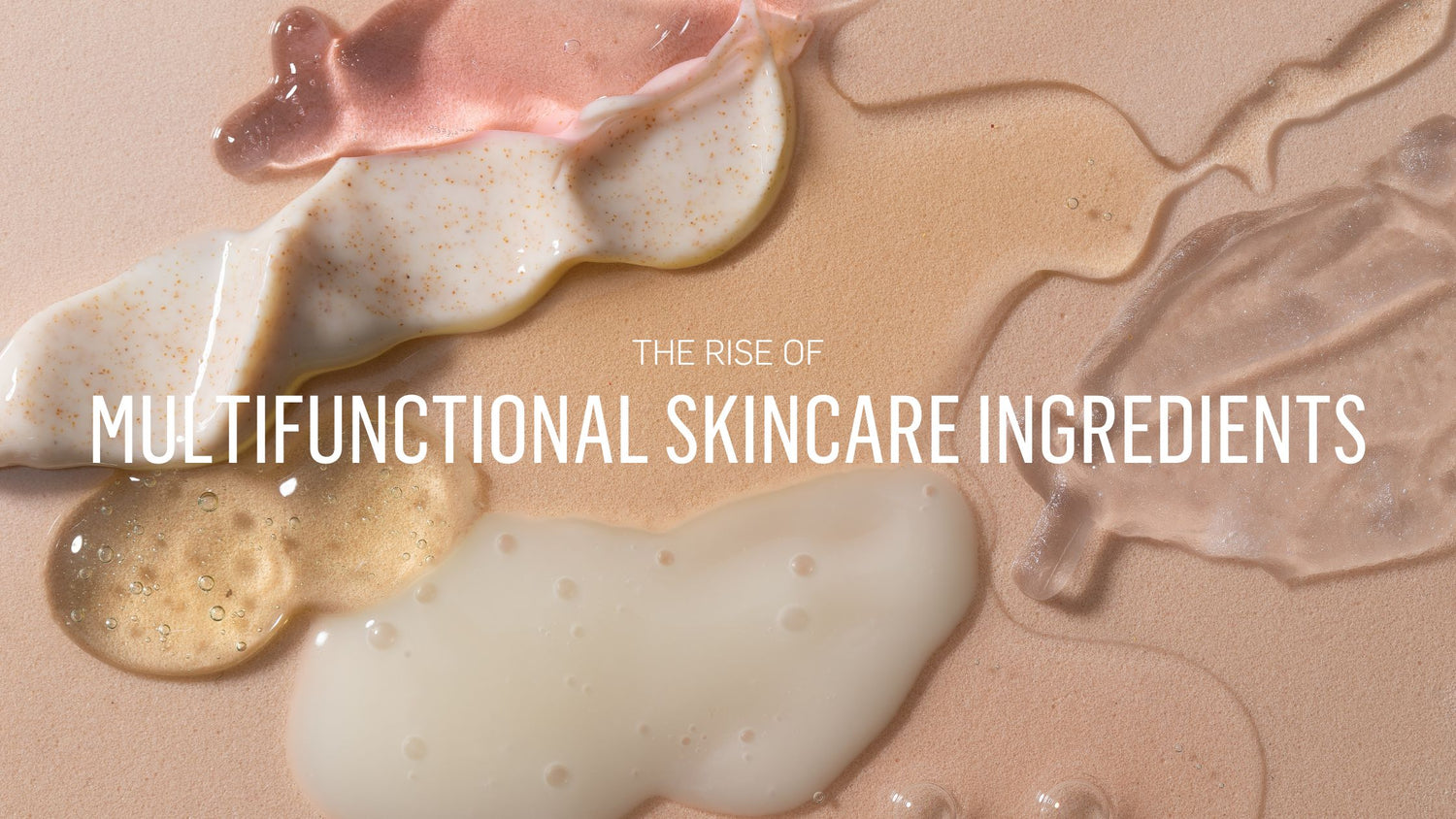In the quest for radiant and healthy skin, many people turn to skincare products that promise miraculous results. However, behind the attractive packaging and vibrant hues of many of these products lie artificial colors that can be detrimental to your skin and overall health. Understanding the risks associated with artificial colors and knowing which chemicals to avoid can help you make more informed choices for your skincare routine.
What Are Artificial Colors?
Artificial colors, also known as synthetic dyes, are chemically engineered substances used to enhance the appearance of skincare products. They are often derived from petroleum and coal tar sources, and their primary purpose is to make products look more appealing to consumers. These colors are found in a wide range of skincare items, including creams, lotions, serums, and even makeup.
The Risks of Artificial Colors
Skin Irritation and Allergic Reactions
One of the most immediate and common issues associated with artificial colors is skin irritation. These synthetic dyes can cause redness, itching, and even hives in some individuals, especially those with sensitive skin. Repeated exposure can lead to contact dermatitis, a type of inflammation characterized by a rash and itching.
Potential Carcinogens
Some artificial colors have been linked to cancer. For instance, certain coal tar dyes are known to contain carcinogenic compounds. The International Agency for Research on Cancer (IARC) has classified some of these dyes as human carcinogens, meaning they have the potential to cause cancer.
Hormonal Disruption
Certain artificial colors have been found to disrupt the endocrine system. These chemicals can mimic or interfere with the body's natural hormones, potentially leading to a variety of health issues such as reproductive problems, thyroid dysfunction, and other hormonal imbalances.
The Risks of Artificial Colors
Skin Irritation and Allergic Reactions
One of the most immediate and common issues associated with artificial colors is skin irritation. These synthetic dyes can cause redness, itching, and even hives in some individuals, especially those with sensitive skin. Repeated exposure can lead to contact dermatitis, a type of inflammation characterized by a rash and itching.
Potential Carcinogens
Some artificial colors have been linked to cancer. For instance, certain coal tar dyes are known to contain carcinogenic compounds. The International Agency for Research on Cancer (IARC) has classified some of these dyes as human carcinogens, meaning they have the potential to cause cancer.
Hormonal Disruption
Certain artificial colors have been found to disrupt the endocrine system. These chemicals can mimic or interfere with the body's natural hormones, potentially leading to a variety of health issues such as reproductive problems, thyroid dysfunction, and other hormonal imbalances.
Chemicals to Avoid
To protect your skin and overall health, it's essential to be aware of specific artificial colors and their associated risks. Here are some key chemicals to avoid:
FD&C Red No. 40 (Allura Red)
- Why Avoid It?: Red No. 40 is one of the most commonly used synthetic dyes in skincare and cosmetics. It has been linked to allergic reactions and hyperactivity in children. Some studies suggest it may contain carcinogenic contaminants.
FD&C Yellow No. 5 (Tartrazine)
- Why Avoid It?: Yellow No. 5 has been associated with allergic reactions, particularly in individuals with aspirin sensitivity. It can also cause itching and hives and has been scrutinized for its potential link to hyperactivity and other behavioral issues.
FD&C Blue No. 1 (Brilliant Blue)
- Why Avoid It?: Blue No. 1 can cause allergic reactions and has been associated with cell death. Ingesting large amounts of this dye can lead to toxicity, and there is concern about its potential impact on the body's ability to absorb essential nutrients.
D&C Red No. 33
- Why Avoid It?: This dye is commonly found in mouthwash and toothpaste but is also used in skincare products. It can cause skin irritation and has been linked to organ toxicity when used in high concentrations.
How to Identify Artificial Colors in Skincare Products
Identifying artificial colors in skincare products can be challenging, as they are often listed under various names. However, a general rule of thumb is to look for color names preceded by "FD&C" or "D&C," followed by a color and number (e.g., FD&C Red No. 40). Additionally, be cautious of ingredients labeled as "CI" followed by a five-digit number, as these indicate synthetic pigments used in cosmetics.
Opting for Natural Alternatives
To avoid the risks associated with artificial colors, consider opting for skincare products that use natural alternatives. Ingredients like beetroot powder, turmeric, spirulina, and annatto can provide vibrant hues without the associated health risks. Moreover, these natural colors often come with added benefits, such as antioxidant and anti-inflammatory properties.
Prioritizing Skin Health Over Makeup
Focusing on skin health can significantly reduce the need for excessive makeup use, leading to a more natural and radiant appearance. By prioritizing a skincare routine that emphasizes hydration, nourishment, and protection, you can achieve a healthy complexion that minimizes the reliance on makeup products containing artificial colors. This shift not only promotes better skin health but also decreases the consumption of synthetic dyes, reducing potential exposure to harmful chemicals and supporting a more sustainable beauty regimen.
Conclusion
While the bright and appealing colors of many skincare products may catch your eye, it's crucial to look beyond aesthetics and consider the potential risks of artificial colors. By educating yourself on harmful chemicals, choosing products with natural ingredients, and prioritizing skin health over makeup, you can better protect your skin and overall health. Always read labels carefully and prioritize brands that are transparent about their ingredients and committed to natural, safe formulations.
Remember, true beauty comes from healthy, well-cared-for skin, and the best way to achieve that is by making informed and mindful choices about the products you use.









